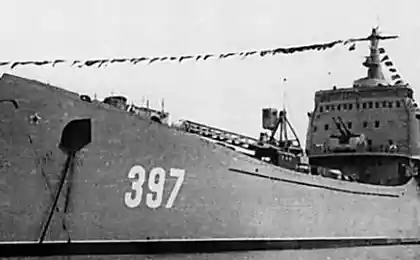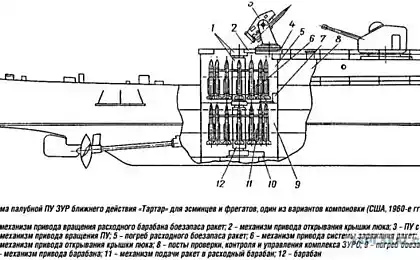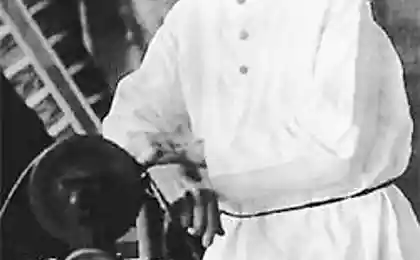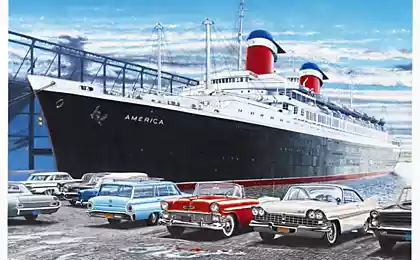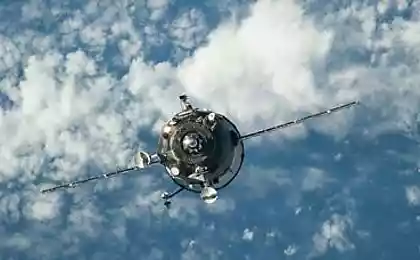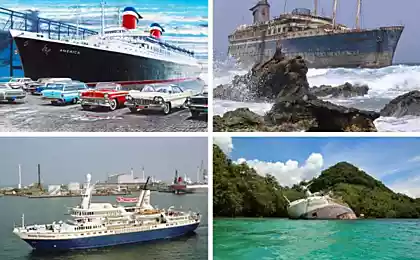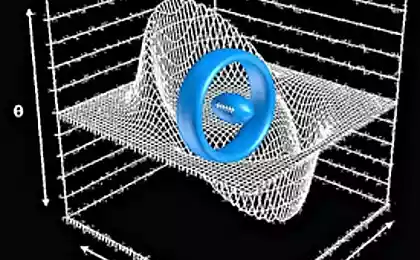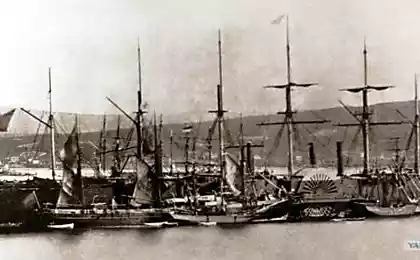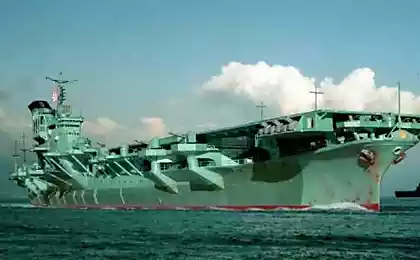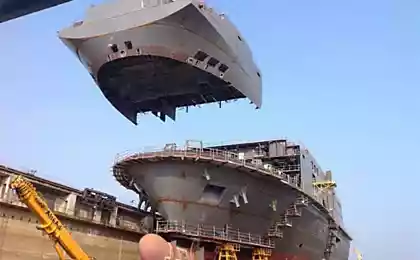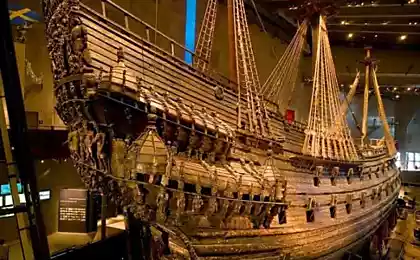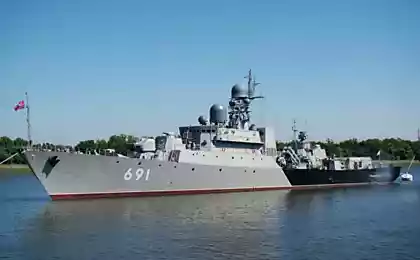594
Underwater. Imperial. Ship beehive (4 photos)
Two of the three Japanese submarines class I-401, also known as a type of "Sentoku" or "one hundred", found off the coast of Hawaii.
Submarines I-400 were among the largest built during the Second World War and remained so until the Premier League.
Designed in 1942-1943 for the role of submarine aircraft carriers, long-distance range for operations anywhere in the world.
Originally it was planned to build 18 submarines of this type, but in 1943 this number was reduced to nine vessels, of which only six were started and finished all three, in 1944-1945. Because of later construction, submarines I-400 has not been used in combat. After the surrender of Japan, all three submarines were transferred to the United States, and in 1946 they flooded.
Until now, these underwater "stations" in the world does not exist.

The history of type I-400 began shortly after the attack on Pearl Harbor, when directed by the Admiral Isoroku Yamamoto started working out the concept of submarine aircraft carriers to attack the US coast. Japanese shipbuilders have already had experience of placing several classes of submarines, one reconnaissance seaplanes, but I-400 to perform the tasks assigned to them had to be equipped with a large number of heavier aircraft.
January 13th, 1942, Yamamoto sent a draft I-400 naval command. In it were the requirements to type: the submarine was supposed to have a cruising range of 40 000 nautical miles (74,000 kilometers) and carry on board more than two planes, capable of carrying aircraft torpedo or 800 kg bombs.
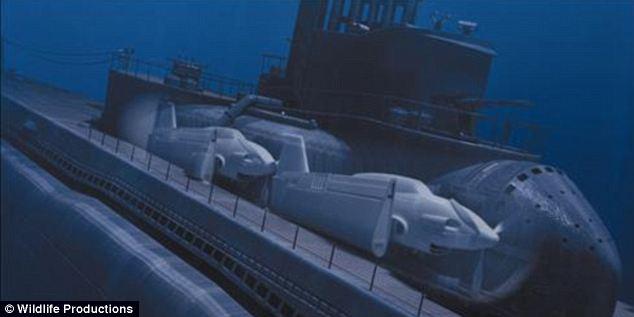
Guns on the deck of W-401 is still visible.
Artillery: 1 × 140-mm / 40, 10 × 25-mm Type 96
Torpedno- mine armament nasal 8 533 mm TA-20 torpedoes
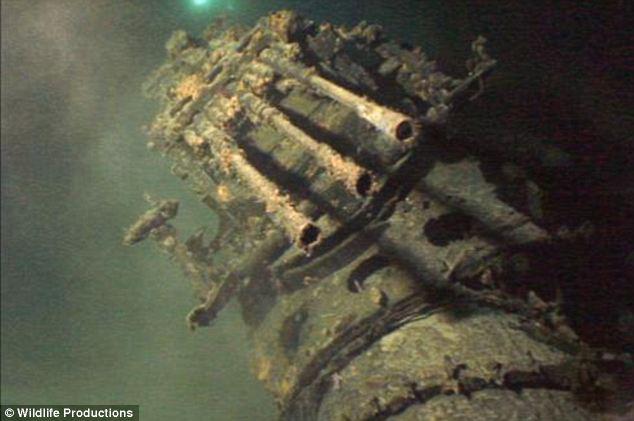
The number on the conning tower are still visible.
via dailymail.co.uk
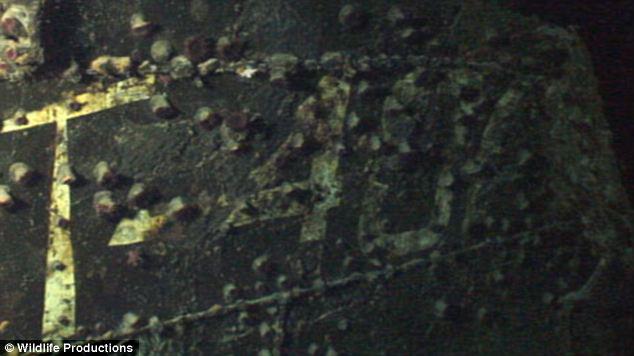
Source:
Submarines I-400 were among the largest built during the Second World War and remained so until the Premier League.
Designed in 1942-1943 for the role of submarine aircraft carriers, long-distance range for operations anywhere in the world.
Originally it was planned to build 18 submarines of this type, but in 1943 this number was reduced to nine vessels, of which only six were started and finished all three, in 1944-1945. Because of later construction, submarines I-400 has not been used in combat. After the surrender of Japan, all three submarines were transferred to the United States, and in 1946 they flooded.
Until now, these underwater "stations" in the world does not exist.

The history of type I-400 began shortly after the attack on Pearl Harbor, when directed by the Admiral Isoroku Yamamoto started working out the concept of submarine aircraft carriers to attack the US coast. Japanese shipbuilders have already had experience of placing several classes of submarines, one reconnaissance seaplanes, but I-400 to perform the tasks assigned to them had to be equipped with a large number of heavier aircraft.
January 13th, 1942, Yamamoto sent a draft I-400 naval command. In it were the requirements to type: the submarine was supposed to have a cruising range of 40 000 nautical miles (74,000 kilometers) and carry on board more than two planes, capable of carrying aircraft torpedo or 800 kg bombs.

Guns on the deck of W-401 is still visible.
Artillery: 1 × 140-mm / 40, 10 × 25-mm Type 96
Torpedno- mine armament nasal 8 533 mm TA-20 torpedoes

The number on the conning tower are still visible.
via dailymail.co.uk

Source:
